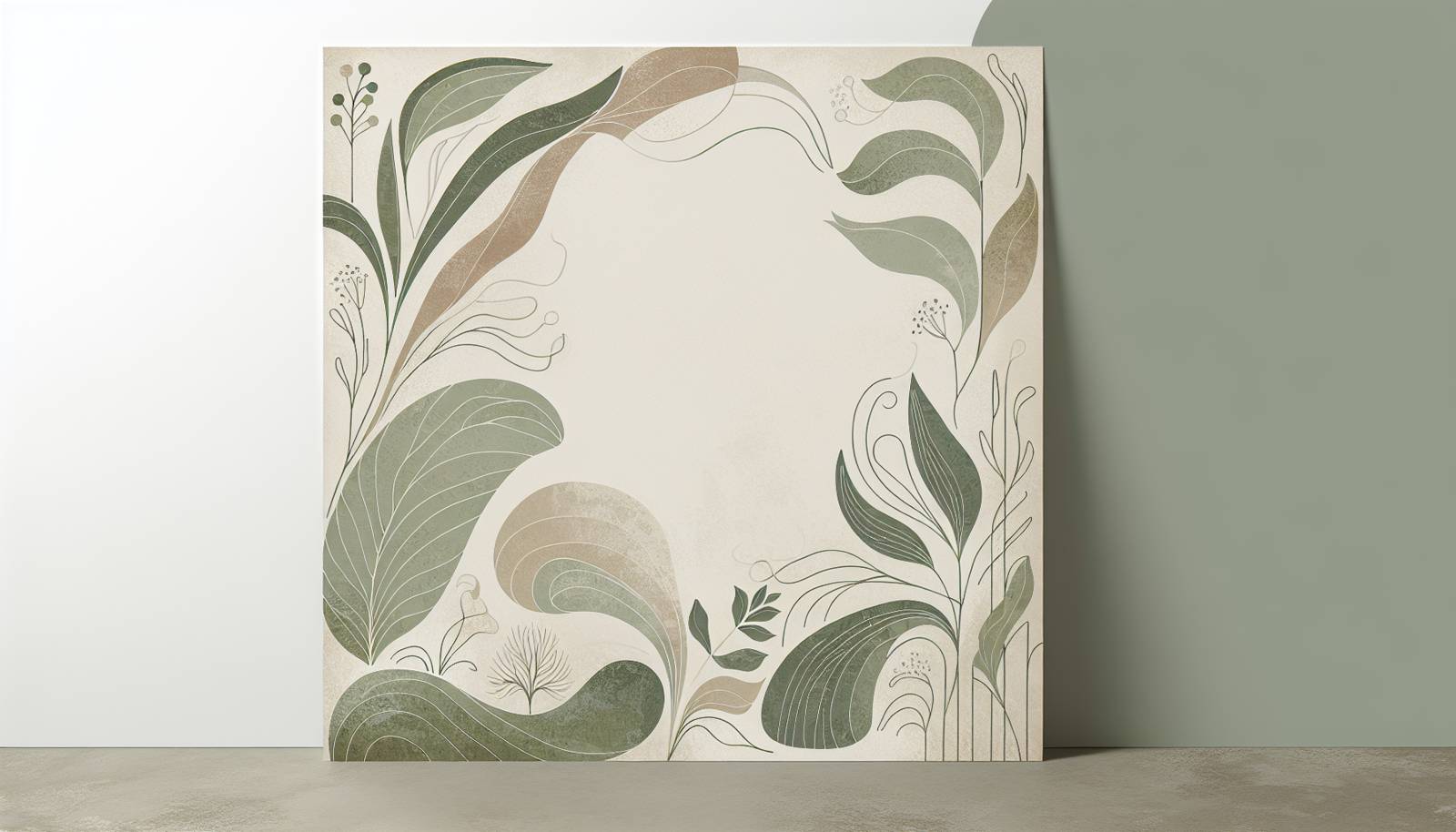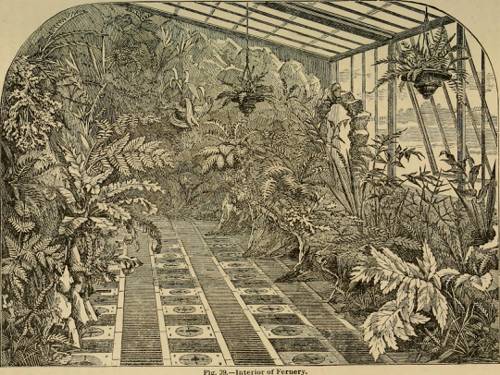
FAQ About Historical Significance of Indoor Plants

When did humans first start keeping indoor plants?
Humans have been keeping plants indoors for thousands of years. The earliest records of indoor plants date back to ancient civilizations such as the Egyptians, who used them for decorative purposes as well as for improving indoor air quality. The practice was also common in ancient Rome and China, where indoor plants were symbols of wealth and prestige.

Why were indoor plants significant in Ancient Egyptian culture?
In Ancient Egyptian culture, indoor plants were not only used for their aesthetic appeal but also for religious and medicinal purposes. Plants like papyrus and lotus were considered sacred and symbolized rebirth and purity. They were often used in rituals and as offerings to the gods, as well as cultivated for their practical uses in medicine and paper production.

How did the concept of indoor gardening evolve in China?
In China, the concept of indoor gardening has roots in the ancient practice of penjing, which dates back over 2,000 years. Penjing involves creating miniature landscapes using living trees and plants. This art form influenced Japanese bonsai and highlighted the philosophical balance between nature and man. Over time, indoor plants in China became associated with luck, prosperity, and health, often integrated into the feng shui practices to enhance living spaces.

What role did indoor plants play in Roman society?
In Roman society, indoor plants were a status symbol and a key element of interior design. Homes of the wealthy often featured grand indoor gardens, or 'hortus', which included an array of plants. These plants were chosen not only for their beauty but also for their fragrance and utility, contributing to the pleasant atmosphere of Roman villas and providing herbs for culinary use.

How did the Victorian era influence the popularity of indoor plants?
During the Victorian era, there was a significant rise in the popularity of indoor plants, fueled by the era’s fascination with the natural world and exploration. The collection and cultivation of exotic plants became a hobby for many, reflecting a person’s wealth and sophistication. Conservatories and greenhouses became common in many homes, allowing for the cultivation of rare and tropical species in cooler climates.

What are some traditional beliefs associated with indoor plants in different cultures?
Traditional beliefs regarding indoor plants vary across cultures. In some Eastern cultures, plants are believed to bring luck and positive energy into the home, whereas in Western cultures, they have often been associated with health benefits and aesthetics. In India, the Tulsi plant is commonly grown indoors for its religious significance and medicinal properties. Such beliefs have been deeply woven into cultural practices and rituals, influencing how plants are used in daily life.

How did indoor plants become popular in modern homes?
The popularity of indoor plants in modern homes accelerated in the mid-20th century, particularly after World War II, as urban living increased and natural spaces became more scarce. People started to incorporate plants indoors to improve air quality and bring nature into their homes. This trend continues today, driven by an increased awareness of environmental issues and the therapeutic benefits of greenery.

What was the role of indoor plants in medieval Europe?
During medieval times in Europe, indoor plants were primarily grown for medicinal purposes. Monasteries and homes would cultivate herbs and plants for their healing properties. While they were not used for decoration as extensively as in other cultures, the utilitarian aspect was significant, with monks and herbalists valuing them for the preparation of remedies.

How have indoor plants been used as symbols throughout history?
Indoor plants have been rich with symbolism throughout history. For instance, the Romans associated laurel plants with victory and triumph, while in the Victorian era, each plant often had specific meanings—such as ivy symbolizing fidelity and friendship. In China, bamboo represents resilience and strength. These symbolic meanings have been reflected in art, literature, and culture globally.

What impact did the Industrial Revolution have on indoor plants?
The Industrial Revolution marked a period when indoor plants became more accessible to the middle class. As the urban population grew and cities became more industrialized, people wanted to bring elements of nature into their homes to counteract the pollution and crowded living conditions. Advances in glass and construction made conservatories affordable, allowing more people to cultivate plants indoors.

Did indoor plants have any role in ancient Indian culture?
Yes, indoor plants have held a significant role in ancient Indian culture, particularly in religious and medicinal contexts. Plants like Tulsi (Holy Basil) and Neem have been revered for their spiritual significance in Hindu culture and their health benefits. Indoor gardens, or 'oorjanams', were often included in Indian homes for both practicality and spiritual reasons.

How did indoor plants factor into Islamic gardens?
In Islamic culture, gardens have had a symbolic representation of paradise, which is often reflected indoors as well. Indoor plants were used to create tranquil and spiritually reflective environments. These elements were not only important in religious contexts but played a pivotal role in the architectural designs of homes, featuring in courtyards and transitioning seamlessly from outdoor to indoor spaces.

What is the significance of bonsai in Japanese culture?
Bonsai is the Japanese art of miniaturizing trees in containers, which has profound cultural significance. Emerging from Chinese penjing practices, bonsai became a symbol of patience, contemplation, and the aesthetic appreciation of nature’s complexity. These plants are often displayed indoors, emphasizing principles of harmony and balance, and are a staple in both traditional and contemporary Japanese homes.

How have indoor plants been regarded during the Renaissance?
During the Renaissance, there was a revival of interest in nature and classical art, which brought plants indoors to demonstrate wealth and knowledge of botany. Gardens were designed to be part of the grand architectural design of mansions, and indoor plants aided in studying botany and the new sciences emerging at that time. The fascination with the natural world during the Renaissance laid groundwork for botanical research in later centuries.

What are common misconceptions about historical indoor plants?
A common misconception is that indoor plants have been primarily valued for their aesthetic contributions throughout history. In reality, many cultures initially used them for medicinal and practical purposes. Moreover, indoor plants were not historically as accessible to the average person due to climatic and economic constraints that limited their cultivation to wealthier individuals.

How did indoor plants contribute to colonialism?
During colonial times, indoor plant cultivation was influenced by the globalization of plant species. Exotic plants brought from colonized regions were grown domestically, serving as symbols of imperialist power and the expansion of European influence. This led to botanical experimentation and the establishment of conservatories, where many of these exotic plants could be presented as trophies of exploration.

What materials were historically used for indoor plant containers?
Historically, indoor plant containers varied greatly by culture and period. Early Egyptians and Romans used terra cotta pots, valued for their durability and natural appearance. In China, ceramics and porcelain were often used, part of a broader tradition of skilled craftsmanship. The Victorian era popularized cast iron and ornate planters reflecting the industrial advancements of the time.

How did religious practices influence the use of indoor plants?
Religious practices have significantly influenced the use of indoor plants throughout history. In many religions, specific plants are regarded as sacred and are used in rituals and offerings. For instance, incense plants were integral to ancient religious ceremonies across Mesopotamia and East Asia. In Christianity, palm leaves are symbolic in several rituals, particularly during Palm Sunday.

How have conservation efforts affected the historical use of indoor plants?
Conservation efforts have shaped the way indoor plants are used today, leading to a greater appreciation for native and endemic species and encouraging sustainable practices. Historically, the appeal of exotic plants led to over-collection and ecological impacts. Today, there's a focus on ethical sourcing and growing practices that respect biodiversity and ecological balance.

What psychological benefits have been attributed to indoor plants historically?
Historically, indoor plants have been valued for their psychological benefits, although the understanding of these effects has evolved over time. They have been used for their calming presence, to improve mood, and to create a sense of nature within confined spaces. As early as Roman times, it was understood that plants contributed to mental well-being by providing pleasing aesthetics and a sense of tranquility in domestic environments.
